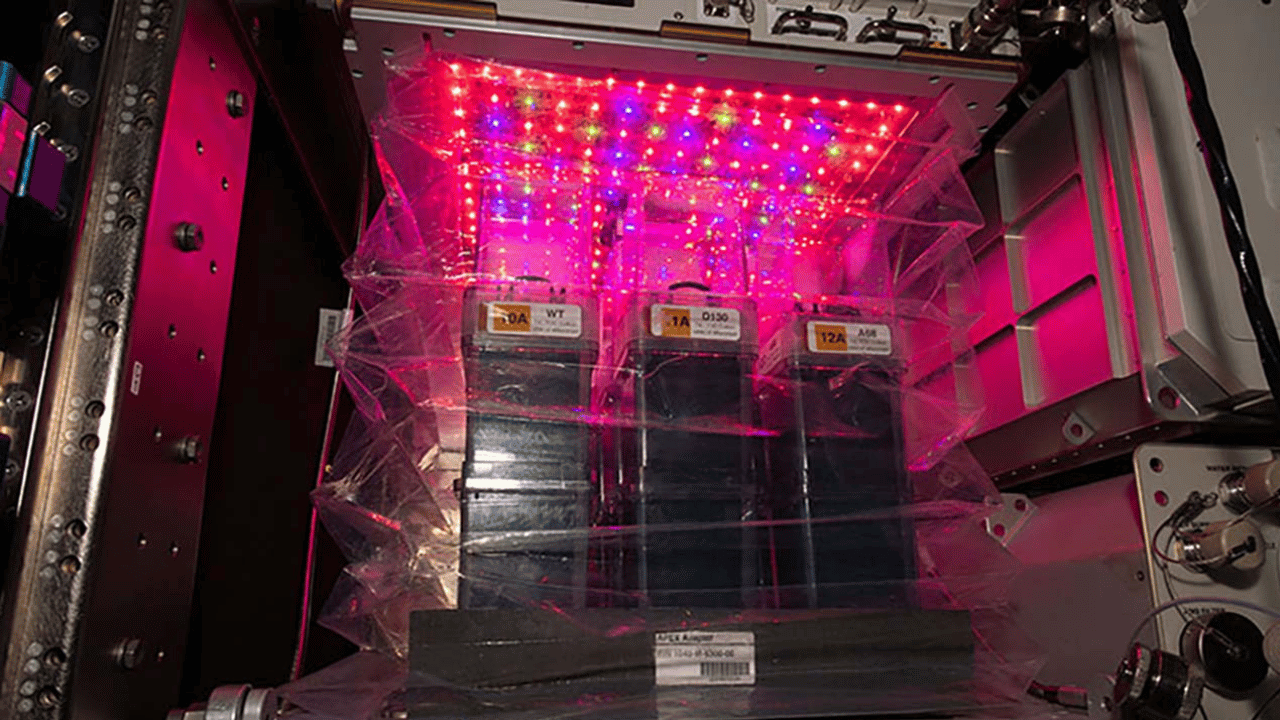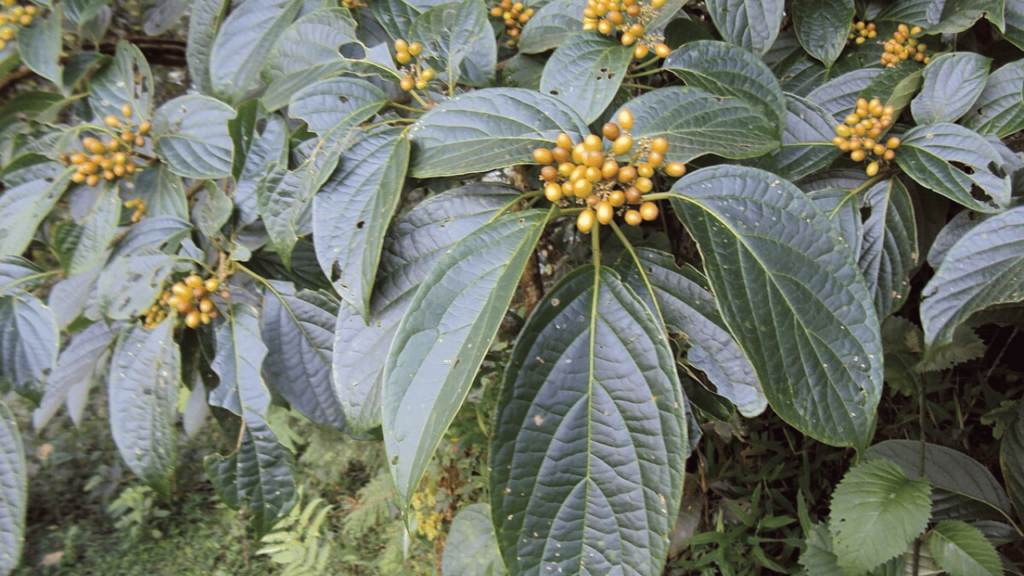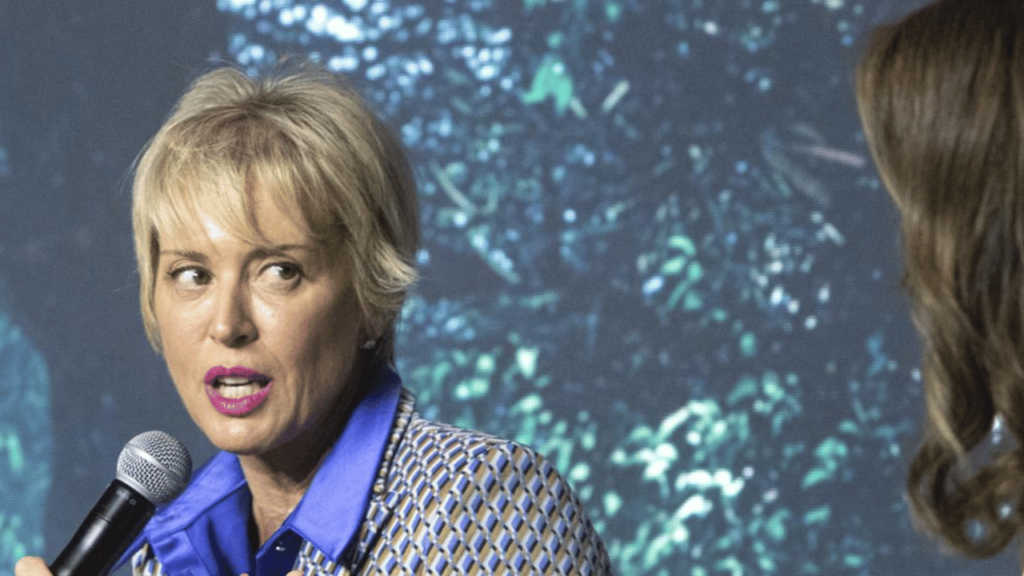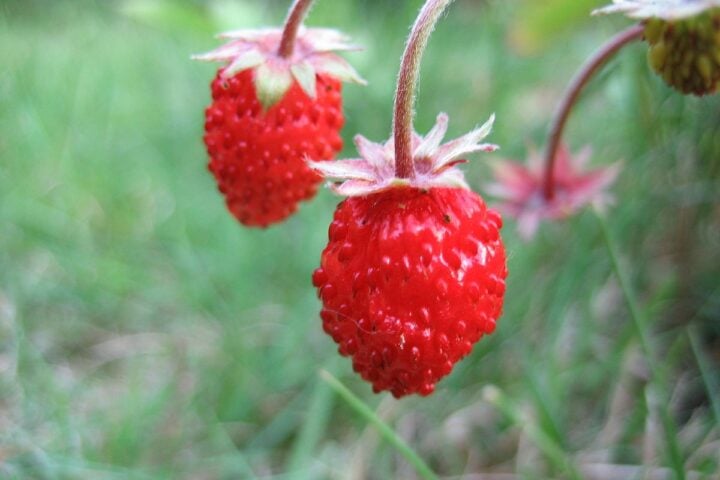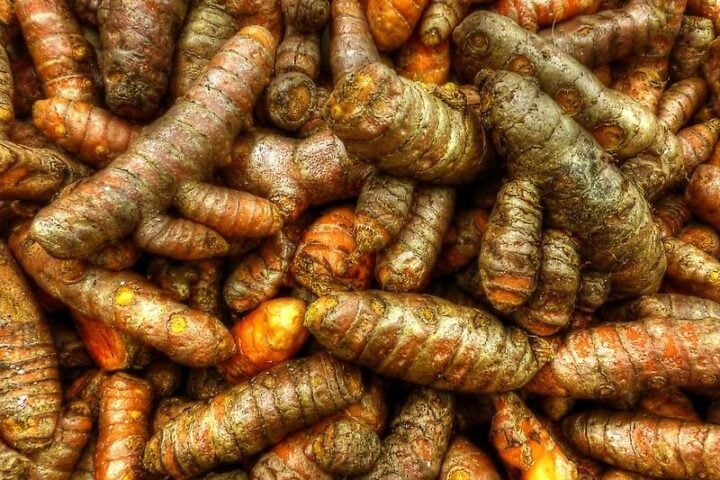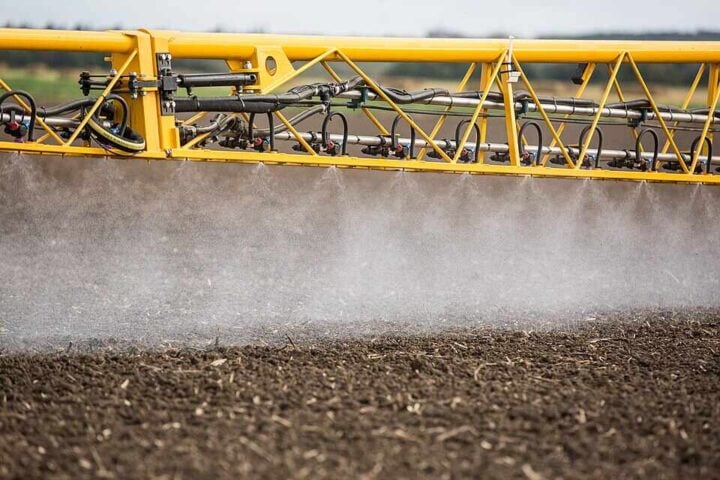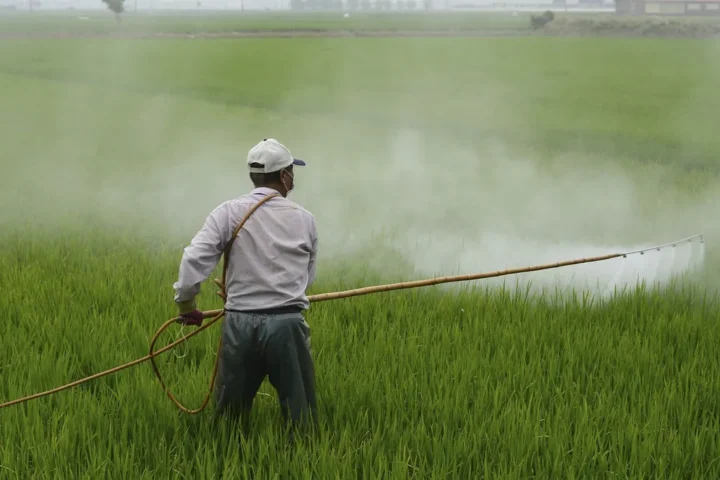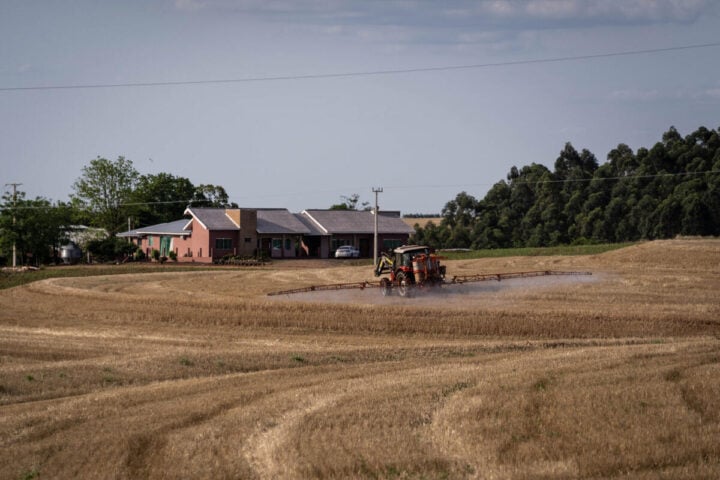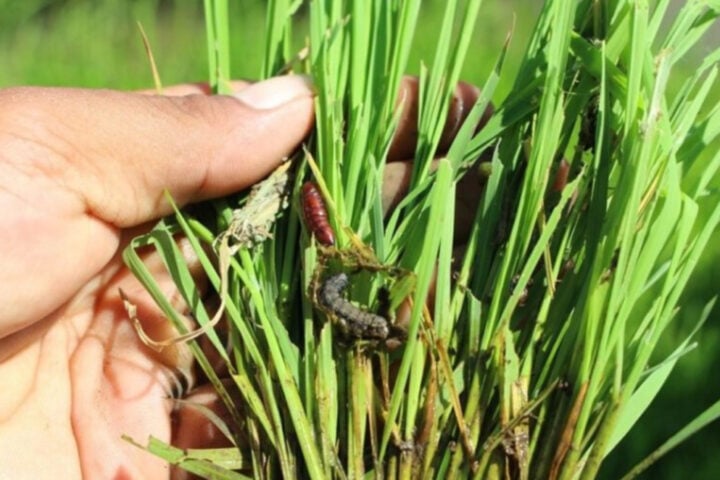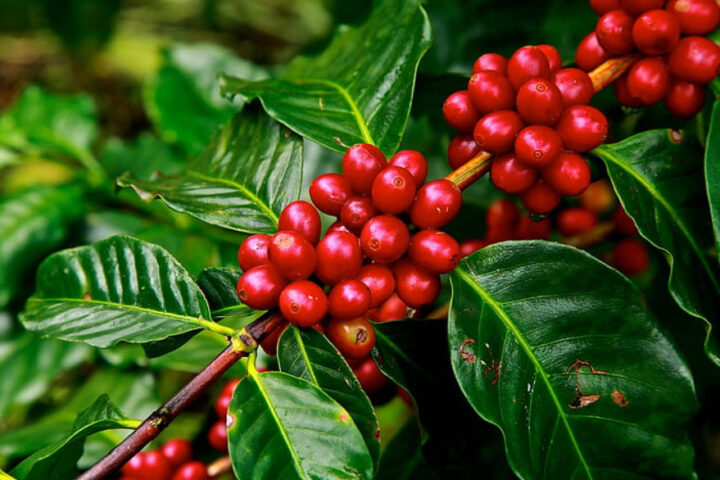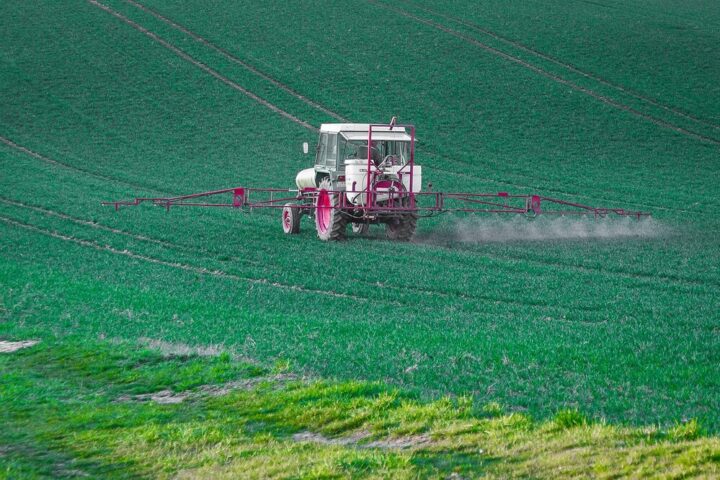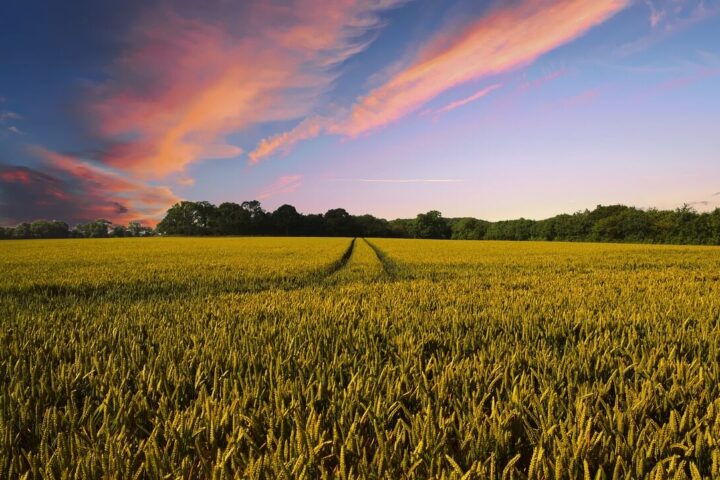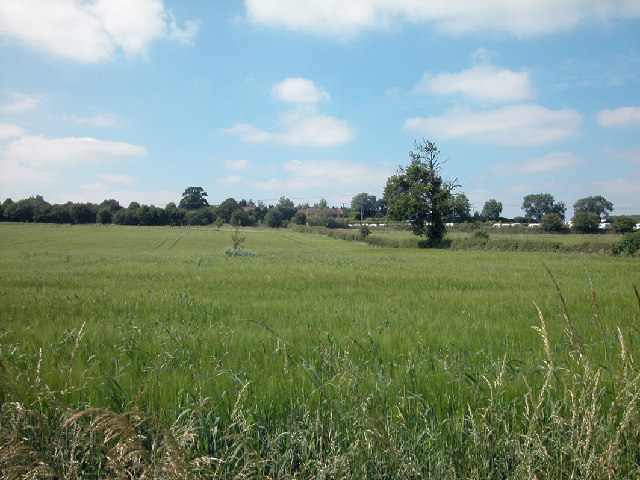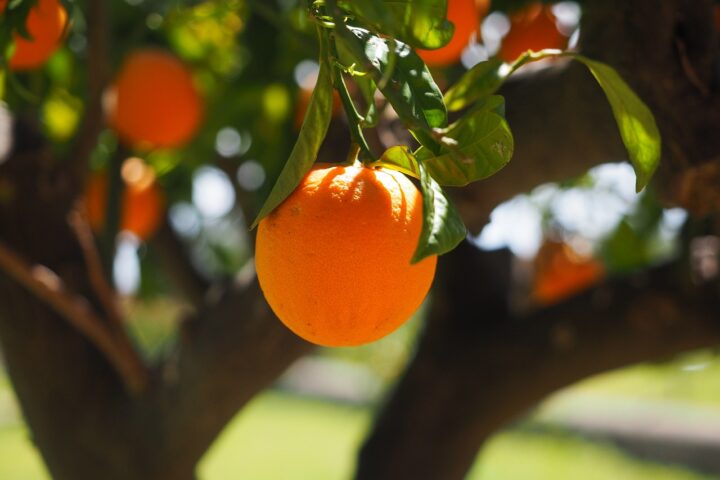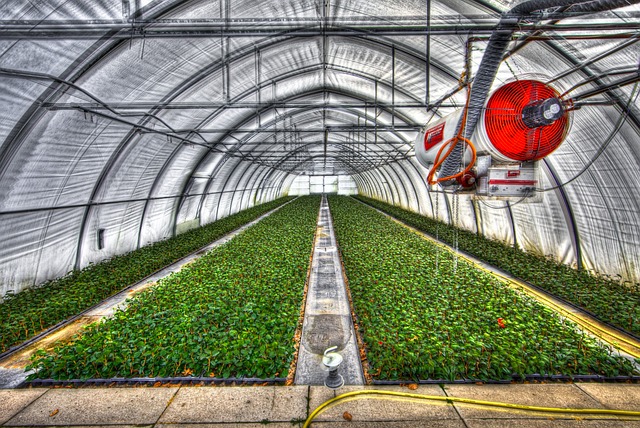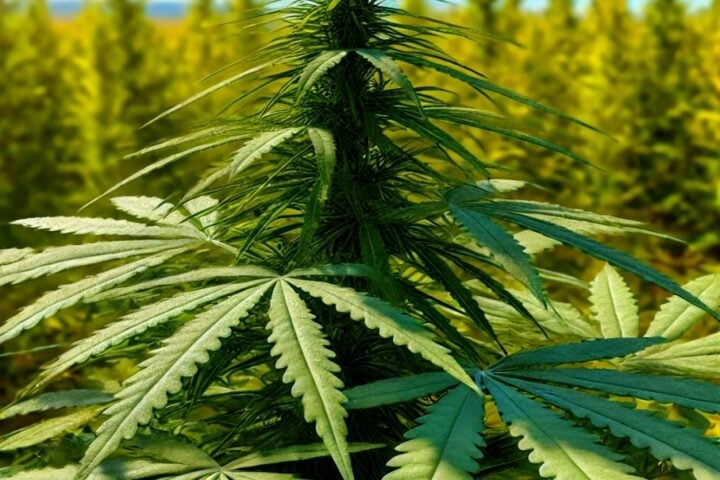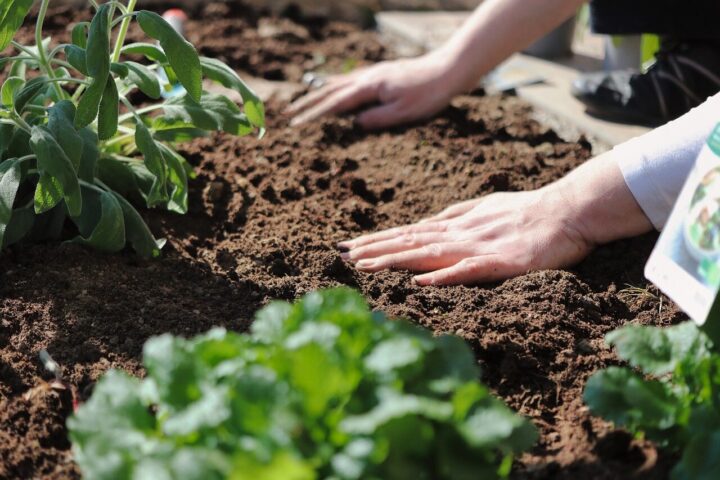In a unique new approach, researchers at the University of Wisconsin-Madison (UW) experimented in association with the International Space Station (ISS) to unravel the genetic secrets of cotton, a vital agricultural commodity. This investigation is part of the Targeting Improved Cotton Through Orbital Cultivation project and aims to understand how this vital crop survives in microgravity.
Simon Gilroy, a UW botanist, led this initiative that involved sending cotton plants to the ISS on SpaceX’s 22nd Commercial Resupply Services mission. His team compared the growth of ordinary cotton with genetically modified varieties engineered for drought resistance. Surprisingly, both types of cotton grew better in space than their Earth-grown counterparts, especially the genetically modified variety. This result contradicts what plants usually experience when they are exposed to harsh space conditions.
Genetically, AVP1 gene is responsible for plant growth and stress response. On Earth, cotton over-expressing AVP1 shows increased drought tolerance and a 20% boost in fiber yield. In space, these genetically modified plants exhibited more extensive root systems and less stress, a stark contrast to regular cotton which showed increased protein degradation and stress markers.
Genetically, the key lies in the AVP1 gene, crucial for plant growth and stress response. On Earth, cotton over-expressing AVP1 shows increased drought tolerance and a 20% boost in fiber yield. In space, these genetically modified plants exhibited more extensive root systems and less stress, a stark contrast to regular cotton, which showed increased protein degradation and stress markers.
These findings suggest a significant potential for improving agricultural practices on Earth. By understanding the mechanisms that enabled cotton to prosper in microgravity, scientists could unlock new genetic pathways for crop resilience against environmental stresses. This research holds immense importance for future space missions, where growing food sustainably is paramount.
Sarah Swanson, director of the Newcomb Imaging Center at UW and a key figure in the experiment, highlights the innovative approach of growing large plants like cotton in the confined spaces of the ISS. The team’s utilization of specialized cotton-custom growth chambers in the Vegetable Production System (Veggie) on the ISS represents a unique intersection of botany and space technology.
The success of these experiments is not just a triumph of science but also a beacon of hope for farmers worldwide who grapple with the challenges of growing cotton. The insights gained could lead to more sustainable and resource-efficient farming practices, directly benefiting those at the agricultural forefront.
In the experiment, the ISS crew monitored the cotton’s growth, noting unusual root development and overall health. The modified cotton’s roots spiraled longitudinally, forming dense networks, a response to the absence of gravity as a directional cue. This adaptation was a stark deviation from the growth patterns observed on Earth.
Similar Posts
NASA’s efforts in understanding plant growth in space continues. For long-duration space missions, NASA has been exploring ways to grow various plants, including lettuces, tomatoes, and radishes, in microgravity. These efforts are part of a larger initiative to understand how to provide astronauts with fresh produce during long missions, as prepackaged food degrades in nutritional value over time. Fresh produce is crucial for astronaut health, and growing plants in space also offers psychological benefits.
One of the key challenges in space agriculture is understanding how plants grow in the absence of gravity. NASA’s Vegetable Production System (Veggie) on the ISS serves as a laboratory for studying plant growth in microgravity. It has successfully grown a variety of plants, such as different types of lettuce, Chinese cabbage, and even flowers like zinnias. These plants are grown in a special clay-based growth medium, and LEDs provide them with the necessary light spectrum for growth. This research not only contributes to sustaining long-duration space missions but also has implications for improving agricultural practices on Earth, especially under challenging environmental conditions.
As humanity looks to the stars for future colonization, the ability to grow crops in space becomes increasingly critical. The ISS experiment with cotton presents a promising step toward self-sustaining space habitats. The knowledge gained from this research could revolutionize how we approach farming in space, ensuring food security for astronauts on long missions and potentially on other planets. The study conducted by UW researchers is a significant step in understanding plant genetics and resilience under space conditions. The results from such experiments could lead to the development of more resilient crop varieties that can better withstand environmental stresses on Earth, potentially revolutionizing agricultural practices and contributing to food security.
The UW-ISS cotton experiment offers a glimpse into a future where space farming is an integral part of long-term space missions and where the knowledge gained from such experiments can be applied to improve agricultural sustainability on Earth.
